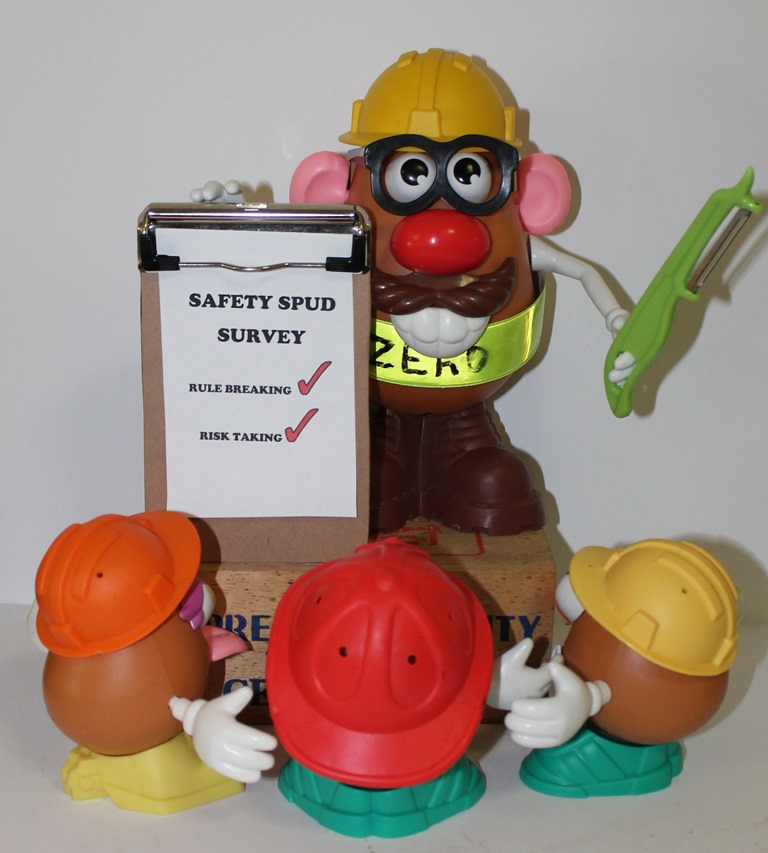A Basic Guide To Making Your Own Concreter SWMS
Guest Post
You may think that the process of concreting may not be as risky or dangerous when compared to other jobs involved in the construction industry such as excavation and any task that requires working from heights — but you are wrong. Incorrect handling of a hydraulic concrete pump, the misuse of a chisel or hammer, and even something as small as forgetting to wear a dust mask while cement is being poured can seriously injure workers or make them extremely ill.
As the owner or manager of a construction company, you therefore need to take some steps in ensuring the constant safety and well-being of all employees whose main job revolves around concreting. After all, it is your responsibility to make sure that all of your employees are safe and properly protected at all times while they are working.
For workers whose main tasks involve concreting, you can create a detailed and comprehensive concreter SWMS for their use. If it’s your first time to write one, below are some important tips and notes that can help you create one that your employees will find really informative and helpful:
· To ensure that all concreting personnel strictly follow the SWMS, include pertinent laws and rules that mandate the importance of following the instructions and the necessary protective clothing and gears they need to wear and use when they are carrying out their task. You can read up on the occupational health and safety policy and, from there, get the relevant codes or rules that you can state in your SWMS.
· In a concreters’ SWMS, the required personal protective equipment or PPE and other gears workers have to wear and use have to be specified. This is a very important matter since you don’t want your employees getting injured because they do not know which gear they need to have or use while they are at work.
· It should also have the correct, detailed and properly arranged order of tasks that all personnel need to strictly follow when they are doing a concreting job.
· The equipment they have to use and the instructions on how to correctly and safely operate them should also be included in the statement.
· The risks and hazards that come with a concreting project should also be clearly identified in the SWMS. In addition, the proper counter and preventive measures have to be indicated as well to make sure that such dangers and accidents can be avoided.
· Lastly, ask your employees go over your draft SWMS first. There may be some important details that you forgot or neglected to include that your employees can point out. You can also ask them if they have questions about the whole document or if they simply want to add anything that isn’t currently in the statement. And when the final SWMS is ready for distribution, make sure that all your employees get a copy each and that they fully understand the contents and follow the instructions.



Do you have any thoughts? Please share them below